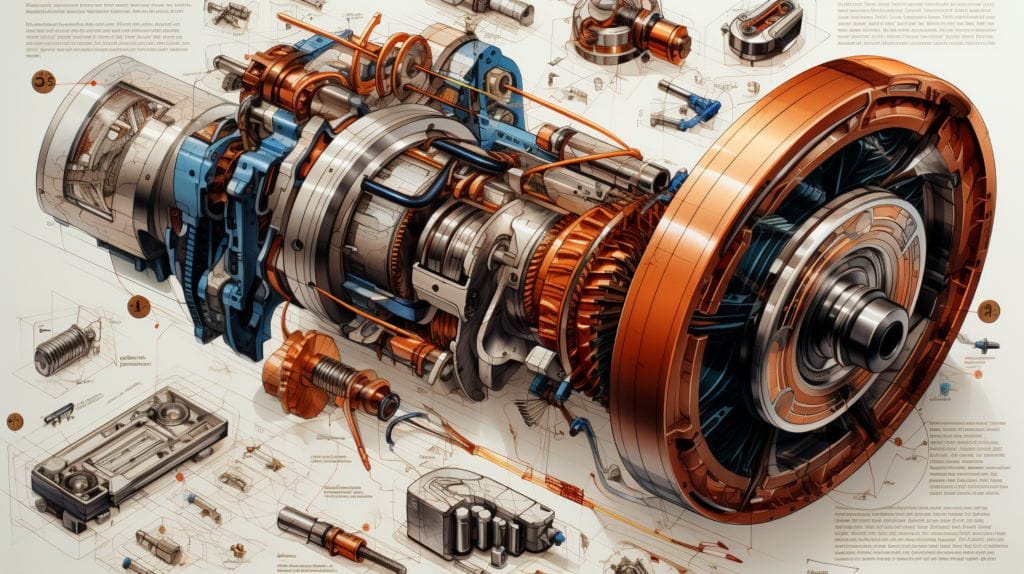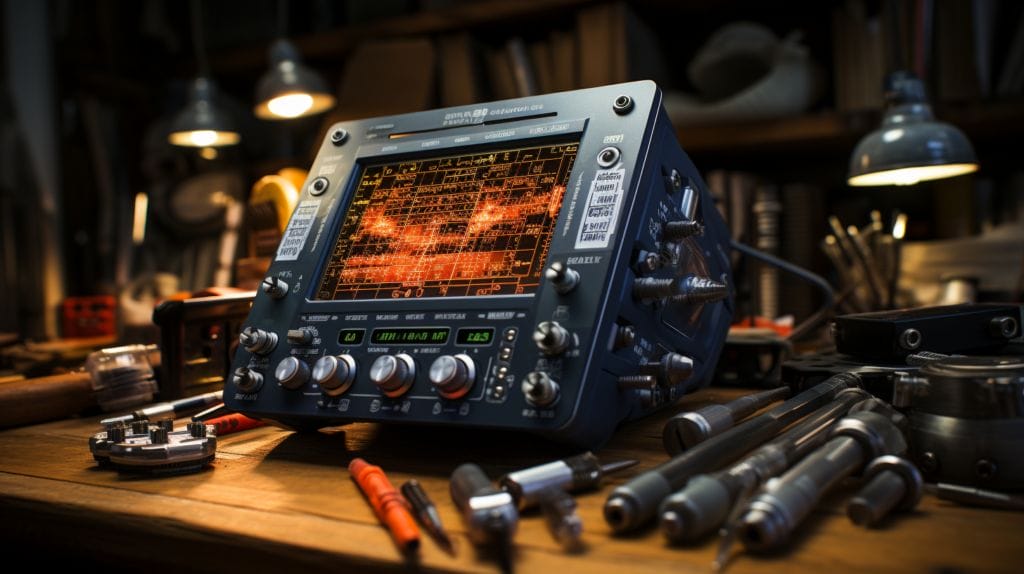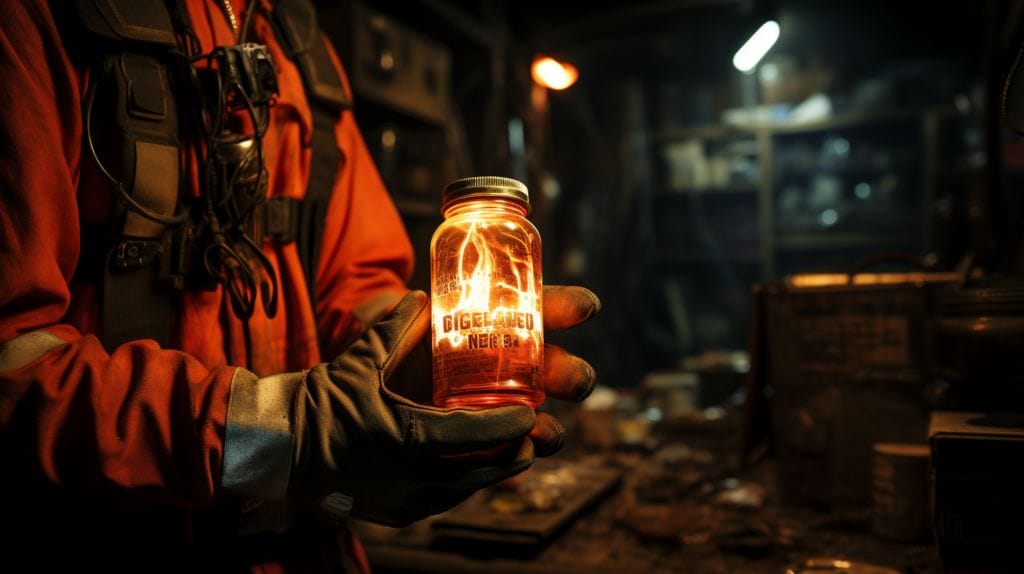How to Make a Dynamo: Magnetic Electric Generator DIY Guide
Did you know that it’s possible to create your own magnetic electric generator right at home? One DC motor, this dynamo can generate its own charge. We’re about to embark on a journey that explores the fascinating world of dynamos, these intriguing devices that convert mechanical energy into electrical energy.
As we walk you through our How to Make a Dynamo DIY guide, you’ll discover how surprisingly straightforward this process can be. But why, one might ponder, would anyone want to learn how to make their own dynamo or hack the system to make free electricity generator? Stick around as we’ll show you how to make one and uncover the benefits and potential applications that could make this project well worth your time.
Key Takeaways
- A dynamo is a device that converts mechanical energy into electrical energy through electromagnetic induction.
- The fundamental components of a dynamo are a magnet, a coil of wire, and a rotating mechanism.
- The necessary materials for building a dynamo include a small DC motor, copper wire, magnets, and cardboard.
- When building a dynamo to make power generator, it is important to ensure proper alignment of the magnet and coil, as well as a clear path for electricity to alternate flow.
Understanding the Basics of a Dynamo

Before we start building our dynamo, let’s understand what it is and how it works. A dynamo is a device that converts mechanical energy into electrical energy. It operates on the principles of electromagnetic induction. When a conductor (a coil of wire in this case) moves through a magnetic field (created by a magnet), it causes electrons to move, thus creating electricity.
Imagine the magnet creating the magnetic field, the coil acting as the highway for electrons, and the mechanism that rotates the coil within the field as the push that gets the electrons moving. This is how a dynamo generates electricity.
As we embark on this DIY project, we are harnessing the power of these basic principles to create our own source of electricity. It’s a thrilling journey that combines science, hands-on creation, and the excitement of generating our own power.
Gathering the Necessary Materials and Tools

The primary materials needed for this project are a small DC motor, a roll of copper wire, a couple of strong magnets, and some pieces of cardboard. These are the core components of our generator.
Here is a quick reference table that lists down the essential materials and tools for making a free electricity generator at your home.
| Materials | Tools |
|---|---|
| DC motor | Screwdriver |
| Copper wire | Pliers |
| Magnets | Scissors |
| Cardboard | Tape |
Remember, precision is key. Ensure you have the correct type of each item and that they are in good working condition. This will ensure a successful and efficient dynamo.
Building the Dynamo: Step-by-Step Instructions

With all our necessary materials and tools, let’s dive into the construction process of our homemade dynamo. Here are the steps:
- Creating the base and mounting the rotating mechanism: Create a sturdy base for the dynamo and attach the wheel to a shaft that spins with the DC motor.
- Winding the coil and attaching it to the base: Wind the coil, which will generate electricity when it interacts with the magnet. Once wound, attach it to the base.
- Installing the magnet and ensuring proper alignment: Place the magnet close to the coil, but not touching it. As the wheel spins, the changing magnetic field of the magnet will induce an electric current in the coil.
- Connecting the coil and magnet to complete the circuit: Connect the coil and magnet to complete the circuit, ensuring the alternate flow of electricity. This will allow electricity to flow, creating our generator.
Testing and Troubleshooting the Homemade Dynamo

After assembling our homemade dynamo, we’ll test its functionality and troubleshoot any issues that may arise.
Here’s a table that outlines possible issues and their solutions:
| Issue | Solution |
|---|---|
| No continuity | Check for proper connections |
| Low output voltage | Adjust the coil or magnet position |
| Low output current | Increase the speed of rotation |
| Dynamo does not work | While making a dynamo, it is important to check all the components and their connections. Even a centimeter off can cause issues. |
Testing and troubleshooting is a key step in our DIY guide. It’s all about patience, precision, and the joy of seeing our homemade dynamo work!
Safety Considerations and Best Practices


Safety precautions and best practices are essential in our DIY journey. Here are a few tips:
- Proper Handling of Magnets and Electrical Components: Handle magnets with care and avoid short-circuiting the battery. Always disconnect it when not in use.
- Safety During the Building and Testing Process: Have a fire extinguisher handy and work in a well-ventilated area. Always wear safety glasses to protect your eyes, especially when making a dynamo or rigging up a hack to generate electricity for free.
- Maintenance of the Dynamo: Regularly check the dynamo that you make your self with one DC motor. Look for loose connections or wear and tear, and keep it free from dust, moisture and any excessive volt drop.
- Troubleshooting: If the dynamo fails, don’t try to force it. Stop, reassess, and identify the problem.
Conclusion
In creating a generator to make electricity at your home, we’ve come a long way in our DIY journey, haven’t we? In this project you can make electricity, we’ve learned the basics, gathered materials, built our dynamo, and even sorted out possible hitches.
Remember, safety is paramount in all we do. It’s been fun guiding you through this process. Keep exploring, keep inventing, and most importantly, keep safe.
With our homemade generator using a dynamo, we’re one step closer to becoming self-sufficient in our energy needs, making free electricity at home. How empowering is that?
Frequently Asked Questions
What is a Dynamo: Magnetic Electric Generator?
A dynamo is a magnetic electric generator that converts mechanical energy into electrical energy using principles of electromagnetic induction.
What materials do I need to make a Dynamo Magnetic Electric Generator?
You will need magnets, wire, cardboard, a coil, some electronic components, and basic tools such as glue and scissors to make a dynamo magnetic electric generator.
Can I create electricity using a DIY dynamo magnetic electric generator?
Yes, by spinning the generator’s coil within a magnetic field, you can generate electricity that can power small devices like a lamp or be stored in a battery for later use.
What is the science behind the working of a Dynamo Magnetic Electric Generator?
The generator works based on the principles of electromagnetic induction, where the movement of the wire coil within the magnetic field induces an electric current, producing electrical energy.
Can I use the DIY Dynamo Magnetic Electric Generator for a science project?
Yes, creating a dynamo magnetic electric generator can be a great science project to demonstrate the principles of electromagnetic induction and generate electricity from mechanical energy.







